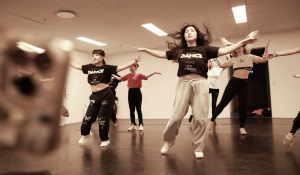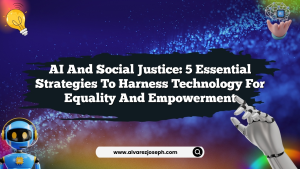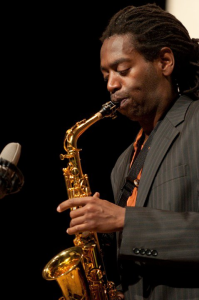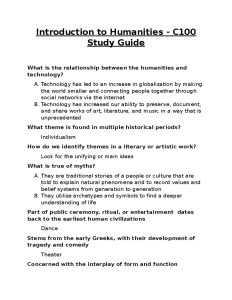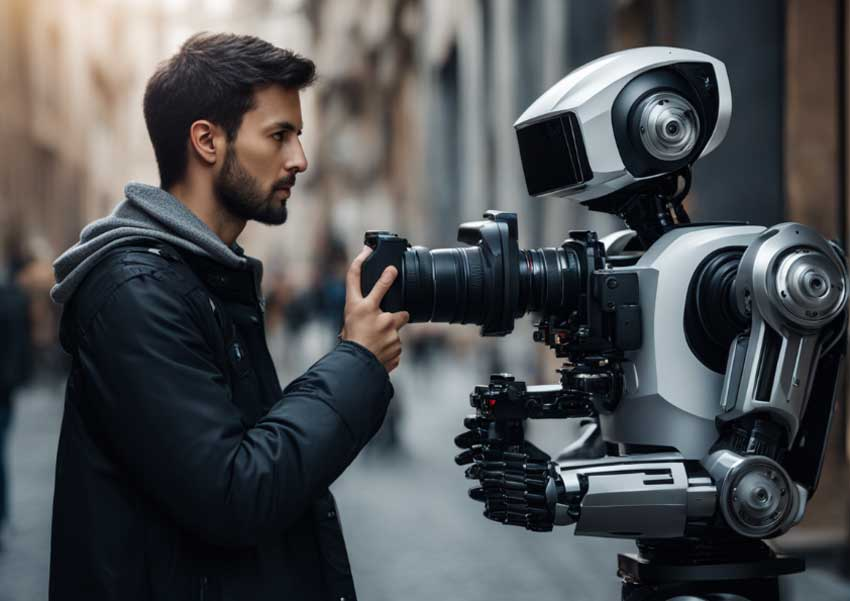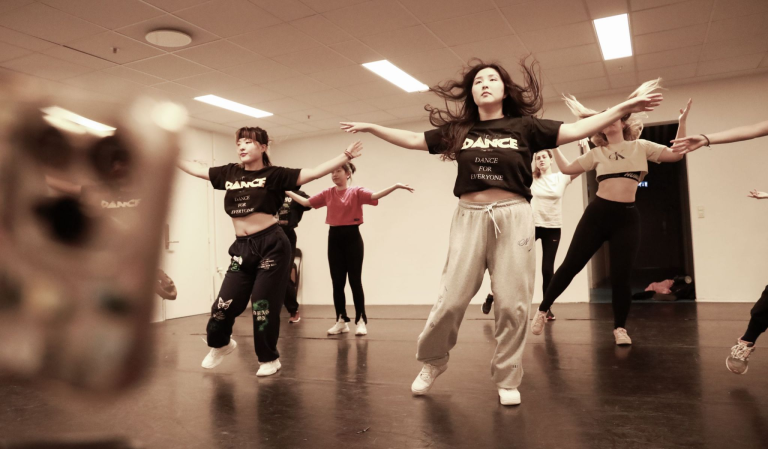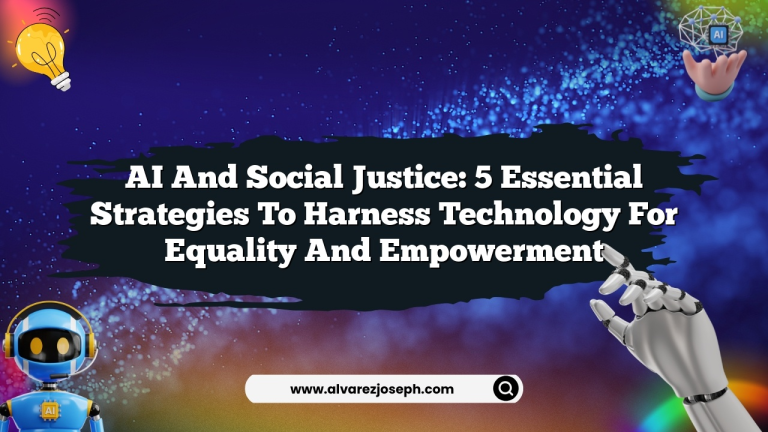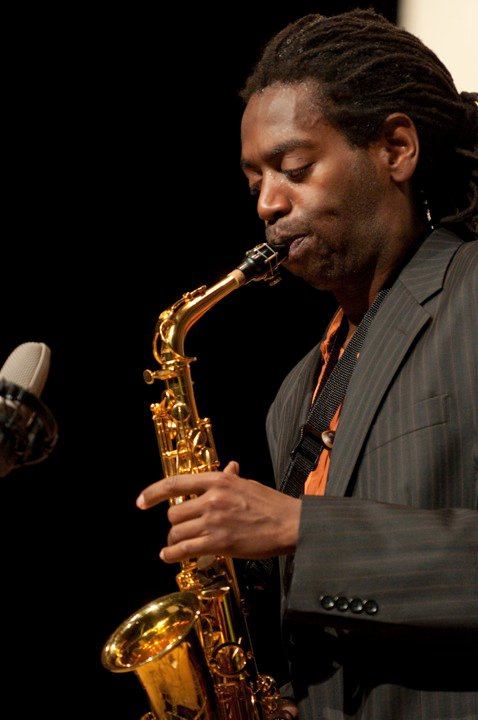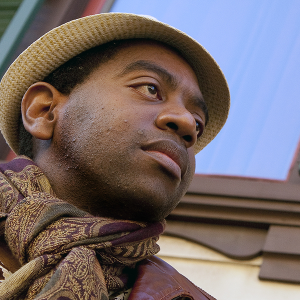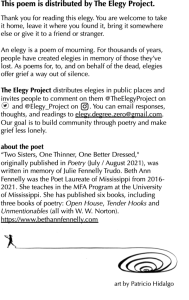AI in photojournalism is transforming the way stories are told and memories are preserved, merging technology with the art of visual storytelling. The advent of artificial intelligence photography not only enhances the efficiency of capturing impactful moments but also presents unique challenges to the authenticity of photographic archives. As photojournalists navigate this evolving landscape, the impact of AI on photography becomes undeniable, prompting discussions around misinformation and copyright issues. However, the innovative potential of AI extends to photo preservation technology, offering tools that can significantly enhance the archival process. With the rise of AI and visual storytelling, the dialogue around these advancements is crucial to ensuring that the integrity of photojournalism is upheld while embracing the future.
The integration of machine learning and advanced algorithms into the realm of journalistic photography represents a pivotal shift in how visual narratives are constructed and preserved. Emerging technologies are not solely about the proliferation of generated images but also about addressing the inherent photojournalism challenges that threaten the essence of visual documentation. As traditional methods of capturing and maintaining historical records face obsolescence, the intersection of innovation and ethical accountability will define the future landscape. Enhanced software may allow for better curation and description of visual assets, ensuring the depth and context of each image is not lost in the digital age. The conversation must focus not just on the mechanics of these tools but on how they can enrich the storytelling process while safeguarding the authenticity of the images that shape our collective memory.
The Rise of AI in Photojournalism
As artificial intelligence continues to evolve, its relevance in photojournalism is becoming increasingly pronounced. With the advent of AI technologies, photojournalists are confronted with a transformative era that bridges traditional photography with innovative capabilities. These advancements facilitate new methods of image creation, but they also introduce a complex interplay of challenges, such as copyright concerns and the risk of misinformation dissemination.
The potential of AI in photojournalism extends beyond mere image generation; it significantly impacts how stories are told and preserved. AI tools can assist in organizing vast archives of images, making it easier for photojournalists to manage and present their work. However, this also calls for a critical examination of the ethical implications, particularly in ensuring that AI does not compromise the authenticity and integrity that underpin photojournalism.
Challenges Faced by Photojournalists in the Age of AI
One of the pressing challenges in contemporary photojournalism is the overwhelming volume of images generated daily, exacerbated by the capabilities of AI. As fake images and manipulated visuals threaten to distort public perception, photojournalists must navigate a landscape where distinguishing between genuine and AI-generated imagery becomes increasingly complex. This environment heightens the stakes for professional ethics and journalistic integrity, demanding a deliberate strategy to reclaim trust.
Moreover, the financial model of photojournalism is under scrutiny as AI-driven technologies threaten the livelihoods of photographers. Many professionals fear that AI-generated content may overshadow traditional photojournalism, leading to downsized opportunities and diminished market value for authentic photographic work. Addressing these challenges requires critical conversations within the industry to establish guidelines on the use of AI while reinforcing the value of human talent and artistry.
Utilizing AI for Photo Preservation Technology
AI’s potential in photo preservation technology presents an exciting frontier for photojournalists looking to safeguard their legacies. By applying machine learning algorithms to catalog and digitize extensive archives, AI can extract contextual information and enrich metadata, ensuring that images remain accessible for future generations. This method not only helps preserve the essence of photojournalism but also enhances viewers’ ability to engage with historical narratives.
In addition to fostering accessibility, AI’s role in photo preservation could revolutionize the way we view archival material. Through advanced analytics, AI has the capacity to evaluate user engagement and preferences, potentially guiding the archiving process to highlight underrepresented stories. As we witness a surge of automated archival methods, it is crucial to maintain human oversight to ensure these tools align with the core values of documentation and storytelling.
AI and Visual Storytelling: A New Narrative
The intersection of AI and visual storytelling promotes innovative methods for conveying compelling narratives. By harnessing AI technology, photojournalists can produce multi-dimensional stories that extend beyond static images. For instance, AI can synthesize visual and textual elements to create immersive experiences that engage audiences on deeper levels, allowing for dynamic storytelling that adapts to viewer preferences and learning styles.
This evolution in visual storytelling also raises questions about the authenticity and authorship of content created with AI assistance. While the creative possibilities are boundless, photojournalists must prioritize ethical considerations in their work. Balancing the benefits of AI-enabled storytelling with the need to preserve the integrity of the narrative is an ongoing challenge that mandates careful and reflective practices within the field.
Impact of AI on Photography: Transformations and Trends
The impact of AI on photography has manifested in transformative trends that redefine artistic and documentary practices. As technologies advance, photographers are increasingly leveraging AI for tasks such as photo editing, enhancing image quality, and automating routine processes. This not only streamlines workflows but also encourages photographers to embark on more creative pursuits, focusing on conceptualizing and planning their projects.
Conversely, the rapid integration of AI in photography leads to critical discussions about the future of the craft. Questions surrounding the role of human creativity versus machine-generated content come to the forefront. As photojournalists navigate these changes, they must grapple with maintaining their unique voices and styles while utilizing technology as a collaborative tool rather than a replacement.
Ethics and Authorship in AI-Generated Images
As AI technologies become more prevalent within photography, ethical considerations surrounding authorship and ownership are coming to the forefront. The ability of AI systems to generate images raises critical questions about the rights of original creators and the potential for misuse of their work. Photojournalists must advocate for clear guidelines concerning how AI models access, utilize, and generate images, ensuring their intellectual property is respected and protected.
In a rapidly evolving landscape where AI can produce photorealistic representations without direct human input, addressing these ethical dilemmas is paramount. Photojournalists should engage in dialogues about best practices and collective strategies for protecting their work and promoting a fair attribution framework. This proactive approach safeguards the integrity of the photography profession in the face of advancing technology.
The Role of AI in Archiving Visual History
AI’s integration into the archival process offers photojournalists a revolutionary tool for preserving visual history. The capacity to automatically tag and categorize images allows for more efficient retrieval of significant historical content. This means that photographers’ contributions can be maintained with higher fidelity and made accessible to audiences who might not otherwise encounter these narratives.
Furthermore, as institutions grapple with the deluge of images generated in the digital age, AI can serve as a linchpin in ensuring that vital documentation is not lost. By implementing AI-driven technologies, archivists and photojournalists can work together to create robust, searchable databases that encapsulate the multifaceted stories depicted within their work, ensuring that future generations can engage with this visual history meaningfully.
Exploring the Future of Photojournalism with AI
The trajectory of photojournalism is undeniably intertwined with the advancements in AI technologies. As the industry evolves, photojournalists will need to adapt to new tools and methodologies that facilitate storytelling in innovative ways. This adaptability will not only augment the craft but also reshape how stories are presented, consumed, and understood in the digital age.
Looking forward, the potential for AI to enhance the portrayal of reality in photojournalism sparks curiosity and optimism. As practitioners embrace AI’s possibilities, they must remain vigilant about maintaining the core principles of journalism: accuracy, accountability, and authenticity. By integrating AI thoughtfully into their practices, photojournalists can enrich their narratives and contribute to a more nuanced understanding of the world.
The Balance Between Innovation and Tradition in Photography
As photojournalism evolves, finding a balance between innovation and tradition becomes crucial. The allure of AI technologies can sometimes overshadow the foundational practices that define photography, making it essential for photojournalists to cultivate a harmonious relationship between the old and new. By preserving traditional skills while embracing AI advancements, photographers can create work that resonates across generational divides and retains its artistic value.
In achieving this balance, photojournalists can redefine their role as cultural custodians who utilize AI as a tool to elevate the authenticity and narrative depth of their work. Acknowledging the historical context of photography while adapting to cutting-edge technologies ensures that the craft remains vibrant and relevant, paving the way for future innovations while honoring its rich legacy.
Frequently Asked Questions
How is artificial intelligence impacting photojournalism today?
Artificial intelligence is significantly impacting photojournalism by altering how images are captured, edited, and disseminated. Its capabilities range from automating basic photo editing tasks to enhancing the storytelling aspect of visual journalism. AI tools can help photojournalists catalog and archive images, ensuring that crucial historical records are preserved while also presenting challenges like copyright issues and misinformation in visual storytelling.
What role does AI play in photo preservation technology?
AI plays a critical role in photo preservation technology by enabling organizations to digitize, categorize, and maintain extensive archives of photojournalism. Through machine learning, AI can enhance the discoverability of these images, helping to preserve important visual stories while safeguarding the rights of photographers. Additionally, AI can assist in identifying and contextualizing photographs, enriching the historical narrative captured within the archives.
What challenges do photojournalists face with the rise of AI in photography?
The rise of AI in photography presents several challenges for photojournalists, including the risk of misinformation due to the ease of generating fake images. Copyright concerns are also prevalent, as there are fears that AI models might utilize photographers’ work without consent. Furthermore, as AI shapes how visuals are created and consumed, photojournalists must navigate the tension between preserving authentic storytelling and adapting to new technological advancements.
Can AI enhance visual storytelling in photojournalism?
Yes, AI has the potential to enhance visual storytelling in photojournalism by providing deeper insights into images through advanced analysis. AI can help in understanding the emotional context of photos, identifying key elements, and categorizing images efficiently. This capability allows photographers to craft more compelling narratives, ensuring that the stories behind their visuals resonate with audiences while maintaining authenticity.
What are the ethical implications of using AI in photojournalism?
The ethical implications of using AI in photojournalism revolve around issues of authenticity, consent, and copyright. As AI-generated images can mimic real events, there is a growing concern about maintaining public trust in visual media. It’s essential for photojournalists to navigate these challenges by ensuring that AI tools are used responsibly, focusing on preserving honest and accurate representations of events without compromising the rights of original photographers.
How can AI improve the organization of photojournalism archives?
AI can improve the organization of photojournalism archives by automating the tagging and categorization of images, making them more searchable and accessible. By employing advanced algorithms, AI can sort through vast collections of photographs, identify key themes or subjects, and enrich metadata, enhancing the overall preservation strategy for important visual histories and ensuring that these images are not lost over time.
In what ways can AI support photographers in documenting historical events?
AI can support photographers in documenting historical events by assisting in the analysis and cataloging of images, ensuring that important moments are preserved and readily accessible. AI’s ability to interpret and contextualize photographs can also aid in creating a richer narrative surrounding historical events. By helping to archive and curate visual stories accurately, AI plays a vital role in maintaining a robust historical record.
What are the limitations of AI in the context of photojournalism?
The limitations of AI in the context of photojournalism include its reliance on existing data, which can perpetuate biases if the training data is not diversified. Furthermore, while AI can analyze and categorize images, it lacks the nuanced understanding that human photographers bring to storytelling. Ethical concerns regarding copyright and the potential for misuse also limit the scope of how AI can be applied responsibly in photojournalism.
How can photojournalists balance the benefits and drawbacks of AI in their work?
Photojournalists can balance the benefits and drawbacks of AI by staying informed about technological advancements while grounding their work in ethical practices. By leveraging AI for efficiency in image management and analysis, they can focus more on the creative and narrative aspects of their craft. Maintaining transparency about the use of AI tools, safeguarding intellectual property rights, and prioritizing ethical storytelling are crucial steps in this balancing act.
| Key Point | Summary |
|---|---|
| Impact of AI on Photography | AI introduces both challenges and opportunities for photojournalism, altering how images are created and valued. |
| Archive Preservation | Photojournalists face a significant threat to their archives. AI could help preserve these visual records. |
| Generative AI vs. Authenticity | Concerns arise over generative AI’s potential to mislead audiences and infringe upon copyrights, necessitating careful scrutiny. |
| AI’s Role in Enhancing Storytelling | AI may be utilized to catalog and enrich photojournalists’ work, maintaining the integrity and authorship of the images. |
| Final Aspirations | The goal is to engage and explore how technology can shape the future of photojournalism without compromising its core values. |
Summary
AI in photojournalism is proving to be a double-edged sword, presenting both significant challenges and innovative opportunities. As the rise of artificial intelligence reshapes the landscape of photography, industry leaders like Kira Pollack are exploring how this technology can safeguard the invaluable visual records created by photojournalists. The risk of misinformation and the threat to copyright remain pertinent concerns; however, with strategic integration, AI has the potential to enhance the storytelling aspect of photojournalism, ensuring that the legacy of these visual narratives is preserved for future generations. The balance between leveraging AI for good while maintaining authenticity and integrity is crucial as we navigate this new era.
